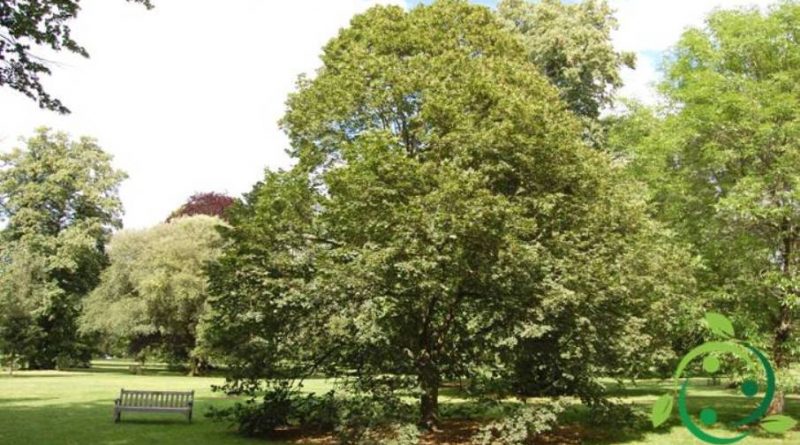How to cultivate the linden tree
How to cultivate the lime tree
Tigli are a genus of plants (Tilia L., 1753) belonging to the Tiliaceae family and originating from the northern hemisphere. Spontaneous species in Italy are:
– Tilia cordata Mill. (= Tilia parvifolia Ehrh., Tilia sylvestris Desf.) Mill. (= Tilia parvifolia Ehrh., Tilia sylvestris Desf.) Known as wild lime;
– Tilia platyphyllos Scop. (= Tilia europea L.) known as the linden nostrale or the local linden.
In this card we will see how to cultivate the Linden following the most appropriate agronomic and technical tricks. The linden is a tree cultivated above all for its ornamental aspect but usable also for many phytotherapeutic properties and for some edible parts. In fact, both the flowers, the leaves and the shoots are edible and include interesting properties.
In addition, Tiglio is an excellent melliferous plant which, with its flowers, attracts bees, bumblebees and butterflies.
The plant has a well-shaped crown, with flowers with a scent that can characterize the entire environment where the lime tree is grown.
In general it is a tree that is easy to grow and has little need for care, which makes it very suitable for growing in parks and gardens where there is little chance of maintenance.
Linden trees therefore need low maintenance but adequate space that is difficult to reconcile with small gardens and confined spaces, as it is a plant that at maturity assumes great proportions. In spacious areas, however, the linden is very suitable as in summer, only one plant can give large spaces of shade. In fact, if the plant is bred according to its natural tendency, it can reach 25-30 meters in height, although it can also be bred to contain, in part, its dimensions.
Furthermore, the linden is a very long-lived tree, which in addition to the size of the foliage has a very deep root system and is therefore suitable for the consolidation of morphologically and geologically unstable areas.
For its cultivation, even if it does not require particular care, the lime tree needs rather fertile and fresh soils while it adapts to different situations of luminosity but it fails to thrive in the case of very acid soils. If you want to make the plant grow well, it is necessary to periodically eliminate the suckers that would remove energy from the plant and slow down the formation of the main stem. Regarding the climate, the linden grows well throughout Italy and can be grown up to about 1,500 meters above sea level. However, it prefers fresh and sufficiently bright positions; it resists drought well but does not like areas with too dry and hot climates as in some places in Southern Italy.
As for propagation and planting, the Tiglio plant can also be obtained from seed. However, this is a slow procedure, as it takes one year for germination and 5-6 years to obtain a plant of 1 – 1.5 meters in height; this is because the lime tree has a regular growth but in the first years of life it is very slow.
If you do not have the patience to wait for such a long time or you need to create a green and shaded area in a shorter time, it is advisable to buy an adult linden tree that is 5 to 10 years old. in order to be able to carry out a transplant with little stress on the part of the plant. this second option gives the possibility immediately to have a plant already formed that will already be able to supply a discreet mass of leaves, flowers and buds useful for the preparation of herbal teas, soups, soups, donuts, salads, etc.
The plant must be made by preparing a hole of 50 x 50 x 50 cm in which to place about 5 kg of mature manure. This is an important agronomic operation especially in soils and particularly dry climates. In fact this will allow, in addition to an intake of organic substance and nutrients in the first years of life a greater conservation of soil moisture.
The young linden seedlings are in fact irrigated in the first years of life, from the late spring period until the beginning of the new rainy season until the root system is perfectly formed and able to make up for the plant’s water needs alone . the need to irrigate the plant begins to decrease starting from the third year of age after transplantation.
Finally, special attention is paid to the pruning technique. Who does not want to try their hand at a particular form of farming, besides having to periodically remove the suckers, will have to eliminate only the branches that grow towards the inside of the trunk, those that are dry and damaged or sick, always taking care to use previously sterilized tools.

